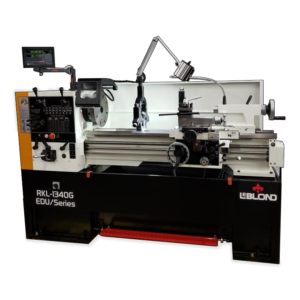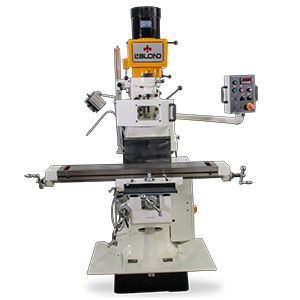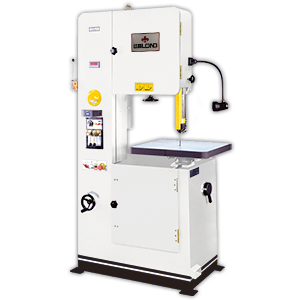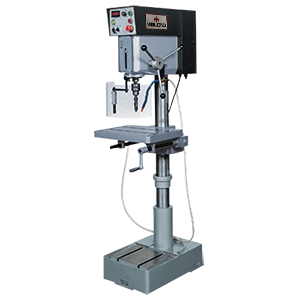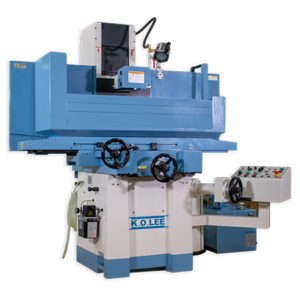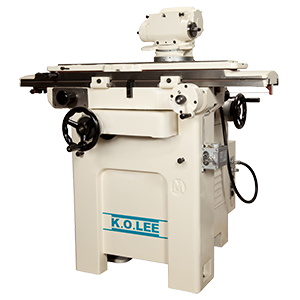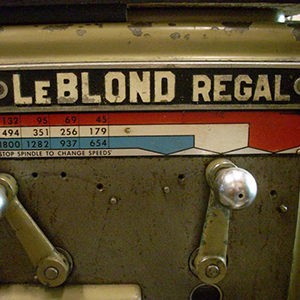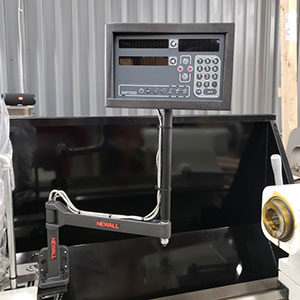How does a machinist unlock the source code of powerful technology?
Like the opening of Mission Impossible 7?
A machinist can unlock the power of their equipment by finding the serial number.
Uh, I Am Not Super Spy Ethan Hunt…
You don’t need to be!
Here are some of the key things machinists can do by finding the serial number on their equipment:
Identify the machine:
- Model and manufacturer: Most importantly, the serial number helps identify the exact model and manufacturer of the machine. This is crucial for obtaining manuals, parts lists and other technical information.
- Year of manufacture: By referencing the manufacturer’s records or specialized resources, machinists can often pinpoint the year the machine was built. This helps assess its age, potential wear and historical value.
Maintenance and repair:
- Parts availability: Knowing the exact model and year allows machinists to find compatible replacement parts when needed. Online databases and manufacturer websites often list parts for each machine based on its serial number.
- Service manuals and troubleshooting: With the model and year identified, machinists can access specific service manuals and troubleshooting guides that provide detailed maintenance, repair and calibration instructions.
- Recall information: For older machines, finding the serial number helps check for any known recalls or safety issues associated with that specific model and year.
Valuation and historical significance:
- Fair market value: When buying or selling used machinery, the serial number allows for comparing similar models and estimating the fair market value based on age, condition and historical significance.
- Antique or collectible status: For some older machine tools, the serial number can reveal if it belongs to a limited production run or has historical significance, affecting its value and collectibility.
Additional possibilities:
- Registering the machine: Some manufacturers allow registering the machine tool using its serial number, facilitating communication about updates, recalls and technical support.
- Accessing online communities: Machine-specific online communities often require the serial number to verify ownership and allow access to discussions, tips and problem-solving specific to that model.
Ok, I am on LeBlond’s website, so…
Where Do I Find the Serial Number on LeBlond Equipment?
For LeBlond lathes, look on the bed near the tailstock as this illustration shows:
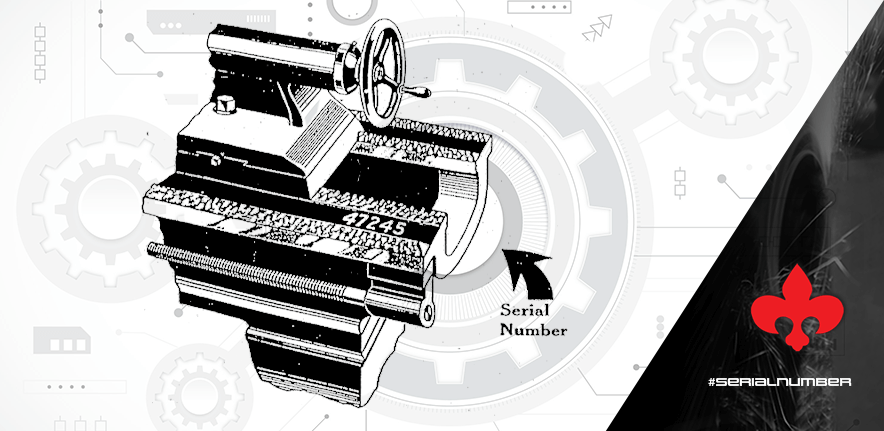
In this video, a LeBlond spokesperson far cooler than Tom Cruise details the procedure:
For K.O. Lee grinders, refer to THIS POST for identifying the serial number.
And other LeBlond family OES parts lines like Johnson Presses?

I Got the Serial Number, Anything Else?
Need to add a brake system to a vintage LeBlond lathe?
Then you need to consult the electrical diagram that is stamped on a plate on the back of the machine with an EE (Electrical Equipment) number.
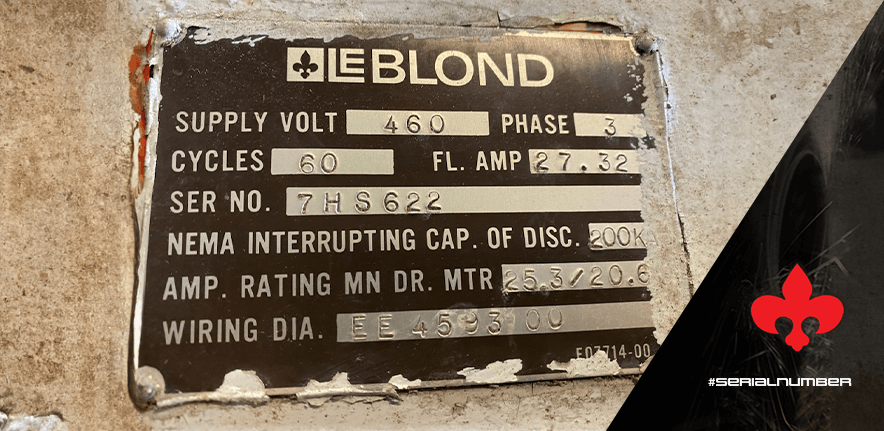
So I Have the Keys to the Machines; How Do I Keep Them Running?
By proper lubrication!
Use Mobil DTE 26 (non-detergent) hydraulic oil for most machine tools or AW 68 for LeBlond lathes and K.O. Lee grinders as an alternative.
LeBlond has these lubrication oils in stock as well as OES replacement parts for older LeBlond lathes and K.O. Lee grinders.
Call us at +1 (888) 532-5663 and select Option 1 (Monday – Friday 8am – 5pm Eastern) to order.
Or just leave a comment here!
We look forward to hearing from you!

